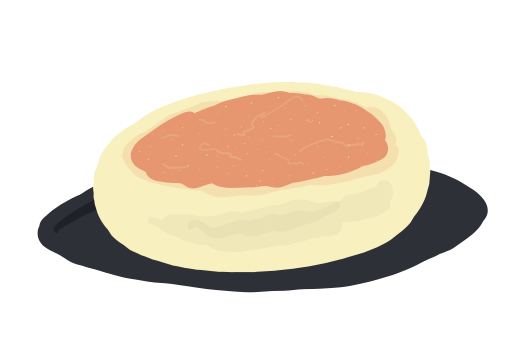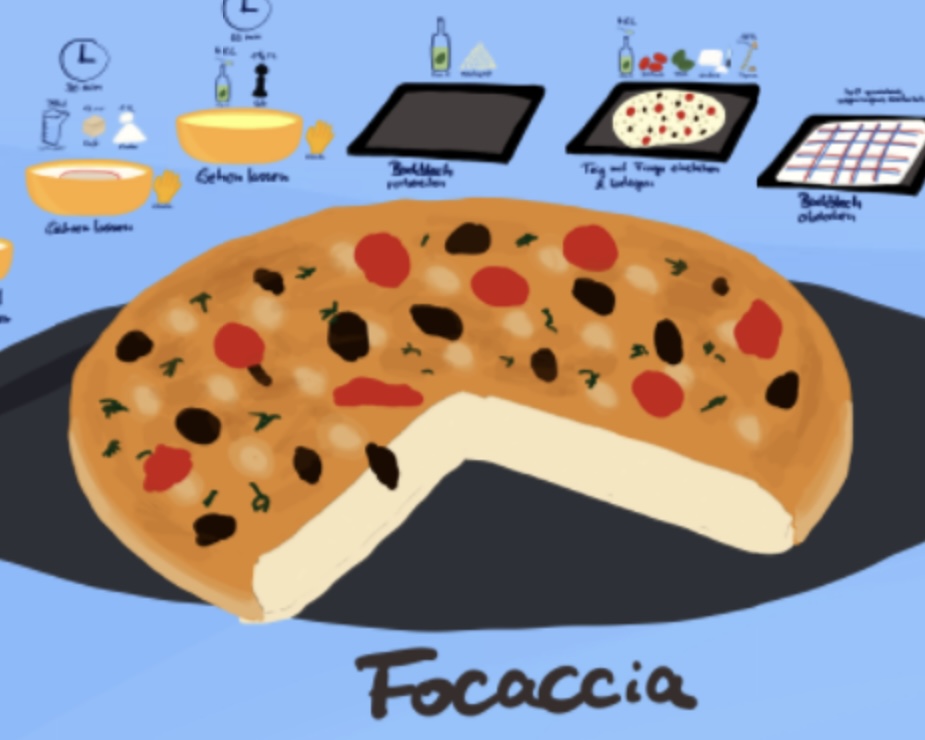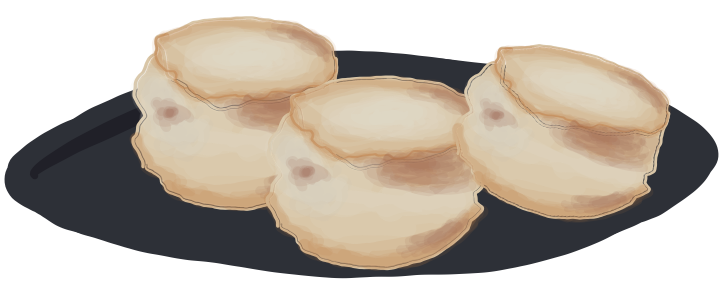Soft Homemade Rolls Recipe
Soft and fluffy, a staple side for any meal.Instructions: Tap the Map & Cook Along 👇
Rolls: The Unsung Heroes of the Bread Basket
In the delightful world of baked goods, where the crusty loaves and artisanal breads often steal the spotlight, there's an understated star that deserves its moment to shine: the humble roll. These small, individual pieces of bread are not only a staple on dining tables across the globe but also a testament to the versatility and creativity in the world of baking. Let's dive into the art and science of making rolls, exploring their endless varieties and the reasons they hold such a cherished place in our hearts and meals.
The Art of Roll Making
At its core, the process of making rolls is an art form steeped in tradition yet ripe for innovation. The basic ingredients—flour, yeast, water, and salt—serve as the canvas, while the techniques and additions used by the baker act as the brushstrokes that define the flavor, texture, and appearance of the roll. Kneading, proofing, and baking are the foundational steps, but the magic lies in the variations that each baker brings to the table. From the airy and soft dinner rolls that melt in your mouth to the crusty, dense rolls that offer a satisfying crunch, the diversity within the category of rolls is astounding.
A World of Varieties
Rolls come in countless shapes, sizes, and flavors, each with its unique characteristics and uses:
- Dinner Rolls: Soft, buttery, and often slightly sweet, dinner rolls are a staple at any meal, perfect for sopping up sauces or enjoying with a pat of butter.
- Crescent Rolls: Made from a layered, yeasted dough, these rolls are shaped into crescents and are often praised for their flaky texture and elegant appearance.
- Kaiser Rolls: Known for their hard crust and beautiful star-shaped top, Kaiser rolls are a favorite for sandwiches due to their sturdy structure and subtle flavor.
- Ciabatta Rolls: With a crisp crust and a porous texture, ciabatta rolls are ideal for paninis or as a base for bruschetta, providing a delightful crunch.
- Whole Wheat Rolls: Offering a nuttier flavor and denser texture, whole wheat rolls are a healthier option that pairs beautifully with hearty stews and soups.
The Role of Rolls in Culinary Traditions
Rolls play an integral role in culinary traditions around the world. In Europe, for example, crusty rolls are a key component of breakfast, often served with cheese and cold cuts. In the United States, soft dinner rolls are a must-have at holiday feasts, embodying the spirit of comfort and celebration. Meanwhile, in Asia, steamed buns such as Chinese baozi offer a glimpse into the versatile applications of the basic roll concept, where the dough serves as a vessel for a variety of savory or sweet fillings.
Creative Twists on Classic Rolls
Modern bakers enjoy putting creative twists on classic roll recipes, experimenting with ingredients and flavors to reflect contemporary tastes and dietary needs. Infusions of herbs like rosemary or basil, additions of olives or sun-dried tomatoes, or adaptations to make gluten-free rolls are just a few ways that traditional recipes are being transformed.
Conclusion
Rolls may be one of the more understated members of the bread family, but their significance and versatility make them indispensable in both everyday dining and special occasions. Whether you're a novice baker just starting to explore the joys of baking or a seasoned pro experimenting with different flavors and ingredients, the world of rolls offers a rich field of opportunities. So next time you set out to bake, consider the humble roll—not just as a side dish, but as a star in its own right, capable of elevating a meal from ordinary to extraordinary.






